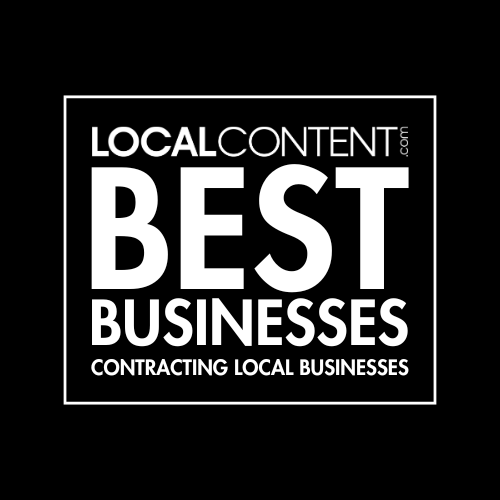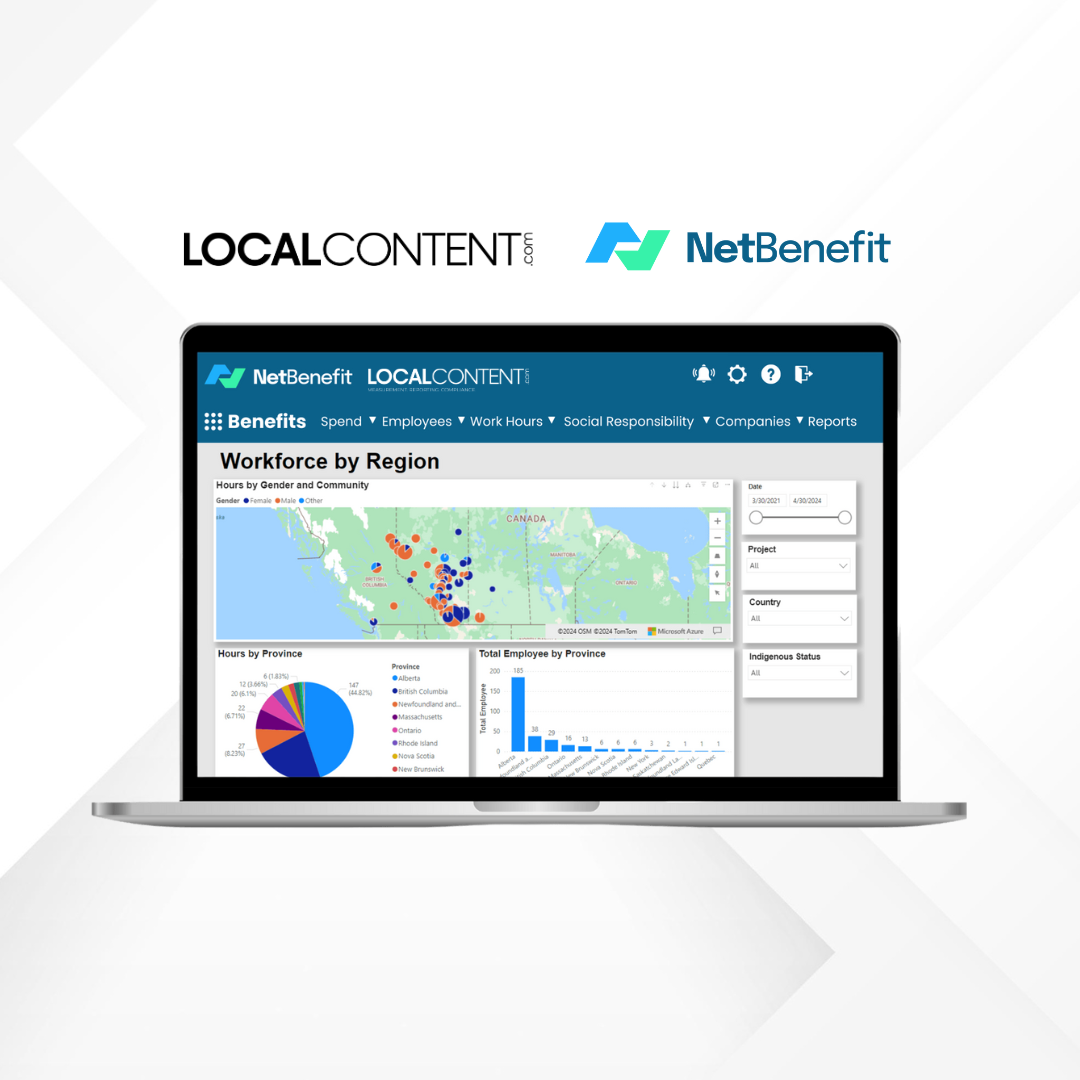
The New York State Department of Environmental Conservation (DEC) and New York State Energy Research and Development Authority (NYSERDA) today released draft guidance for State entities to inform the investments and benefits reporting on compliance with the Climate Leadership and Community Protection Act’s (Climate Act) requirement that a minimum of 35 percent, with a goal of 40 percent, of the State’s clean energy investments benefit disadvantaged communities. The draft Disadvantaged Communities Investments and Benefits Reporting Guidance is a blueprint for reporting energy efficiency and clean energy programmatic investments by State entities in disadvantaged communities and will advance consistency and transparency in complying with the Climate Act’s equity provisions.

DEC Commissioner and Climate Action Council Co-Chair Basil Seggos said, “New York’s Climate Act prioritizes advancing equity and inclusion through the implementation of programs and investments. The draft Disadvantaged Communities Investments and Benefits Guidance released today is the latest step in the State’s sustained efforts to ensure all communities, but especially disadvantaged communities , benefit from the State’s climate investments and the opportunities created by the state’s transition to cleaner energy. DEC and our State partners are advancing comprehensive efforts to reduce climate pollution, create new green jobs, and build stronger, healthier communities, and I encourage New Yorkers to review and comment on the draft guidance to help ensure the State’s investments succeed in removing barriers and promoting climate justice.”
NYSERDA President and CEO and Climate Action Council Co-Chair Doreen M. Harris said, “This guidance is critical to helping NYSERDA and our partner agencies take the necessary steps to design and implement programs that demonstrate direct benefits to New York’s most underserved communities. We welcome input from New Yorkers on this draft guidance so that, together, we can advance a clean energy future that maximizes accountability, advances climate justice, and stimulates economic development that allows all New York communities to prosper.”

Developed in collaboration with a number of New York State agencies and authorities, the draft guidance, when finalized, will provide the information state entities need to comply with the Climate Act’s equity mandate and account for energy efficiency and clean energy program investments in disadvantaged communities as defined and finalized by the Climate Justice Working Group (CJWG) in March 2023. This will help ensure that disadvantaged communities receive a minimum of 35 percent, with a goal of 40 percent, of the overall benefits of the state’s clean energy and energy efficiency programs, projects, or investments in the areas of housing, workforce development, pollution reduction, low-income energy assistance, renewable energy, transportation, and economic development.
All New Yorkers are welcome to provide input on how the state tracks progress toward addressing the interests and priorities of historically marginalized communities as the state continues to transition to an inclusive clean energy economy that reduces pollution, addresses systemic inequities, and expands economic opportunity for all New Yorkers.


An overview of the draft guidance was presented to the CJWG on November 14, 2023, and is now available for a public comment period .

Written comments on the proposed guidance may be submitted until close of business February 23, 2024. Contact: Alanah Keddell-Tuckey, NYSDEC – Office of Environmental Justice, 625 Broadway, Albany, New York 12233-1550 or email justice@dec.ny.gov. Include “Draft Disadvantaged Communities Reporting Guidance” in the subject line of the email.

A public information session will be scheduled to allow for additional stakeholder engagement before the draft guidance is finalized. For more information about New York’s climate efforts, visit the Climate Act website .
New York State’s Nation-Leading Climate Plan
New York State’s nation-leading climate agenda calls for an orderly and just transition that creates family-sustaining jobs, continues to foster a green economy across all sectors and ensures that at least 35 percent, with a goal of 40 percent, of the benefits of clean energy investments are directed to disadvantaged communities. Guided by some of the nation’s most aggressive climate and clean energy initiatives, New York is on a path to achieving a zero-emission electricity sector by 2040, including 70 percent renewable energy generation by 2030, and economywide carbon neutrality by mid-century. A cornerstone of this transition is New York’s unprecedented clean energy investments, including more than $50 billion in 66 large-scale renewable and transmission projects across the state, $6.8 billion to reduce building emissions, $3.3 billion to scale up solar, nearly $3 billion for clean transportation initiatives, and over $2 billion in NY Green Bank commitments. These and other investments are supporting more than 170,000 jobs in New York’s clean energy sector in 2022 and over 3,000 percent growth in the distributed solar sector since 2011. To reduce greenhouse gas emissions and improve air quality, New York also adopted zero-emission vehicle regulations, including requiring all new passenger cars and light-duty trucks sold in the State be zero emission by 2035. Partnerships are continuing to advance New York’s climate action with nearly 400 registered and more than 100 certified Climate Smart Communities, nearly 500 Clean Energy Communities, and the State’s largest community air monitoring initiative in 10 disadvantaged communities across the state to help target air pollution and combat climate change.









